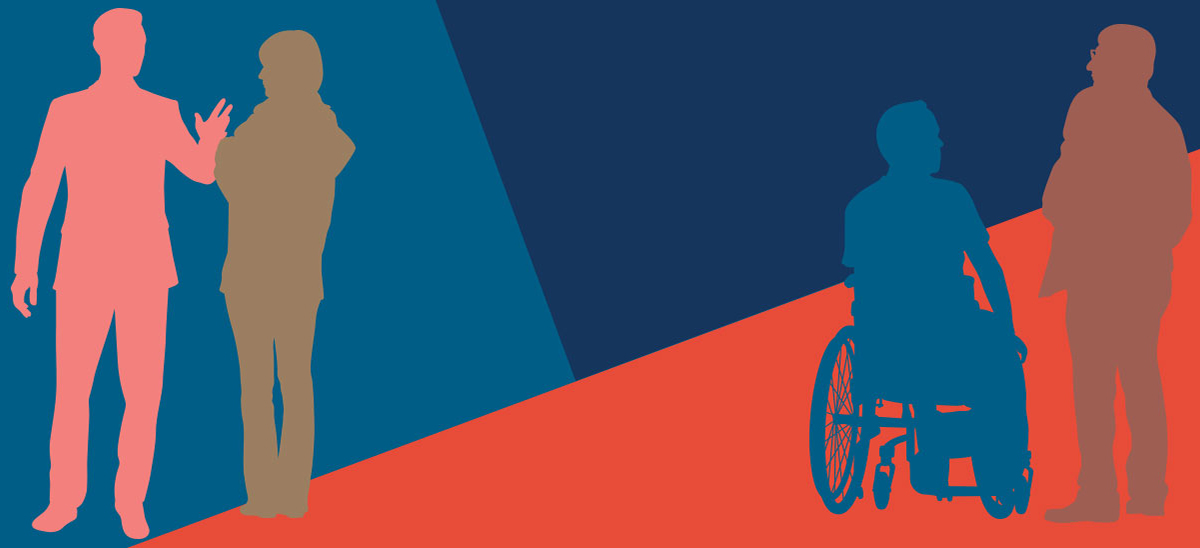This week’s Journal of the American Medical Association published a study that may be a turning point in treatment of type 1 diabetes. The study received much media coverage, including this LA Times article.
Type 1 diabetes is a very different disease than the much more common type 2 diabetes. (They should probably just have entirely different names.) Type 2 diabetes is predominantly a disease of overweight adults and results from insulin resistance, meaning a decrease in insulin’s ability to function. It is usually treated with oral medications. Type 1 diabetes is an auto-immune disease that usually strikes in childhood or young adulthood. In it, the immune system destroys the cells in the pancreas that produce insulin leading to an absence of insulin in the body. The only treatment for type 1 is insulin.
This study is promising because it hints at a possible way to reverse or delay type 1 diabetes as soon as it is diagnosed. In the study 15 patients with newly diagnosed type 1 diabetes underwent chemotherapy to severely suppress their immune system. After that, their immune system was rescued by giving them their own stem cells, which were collected before the chemotherapy. Most of the patients did not require insulin for their diabetes for months, some for years, after the treatment, and there were no major adverse outcomes.
This study is small and needs to be duplicated with more patients, and hopefully with more prolonged benefits, but it’s a potentially novel treatment for a serious chronic problem.
Tangential Miscellany:
Two weeks ago, I wrote about an interview in U.S. News and World Report of Dr. Jerome Groopman about mistakes that doctors make by not spending enough time listening to patients. In the current issue they published my letter in response. (It’s the second letter on the page.)
